As a lifelong explorer of jazz guitar harmony, I’ve often found myself at a crossroads, wondering how a single musician could weave such intricate melodic tapestries. My journey led me to Barney Kessel, a jazz guitarist whose extraordinary ability to blend rich harmonies with spontaneous storytelling has redefined my understanding of the instrument. Delving into Kessel’s biography reveals not just a prolific artist, but also a nuanced technician whose gear choices profoundly influenced his sound. Each note he played seemed to encapsulate the essence of jazz itself, an inspiring paradigm shift that continues to captivate musicians today. In this guide, I will unravel the elements that made Kessel’s guitar playing unique—his signature techniques, collaborations, and the iconic gear that shaped his sonic identity. Join me as we explore the legacy of Barney Kessel and discover the lessons his artistry offers to both aspiring and seasoned players alike.
Who Was Barney Kessel?
Biography: From Early Life to Jazz Legend
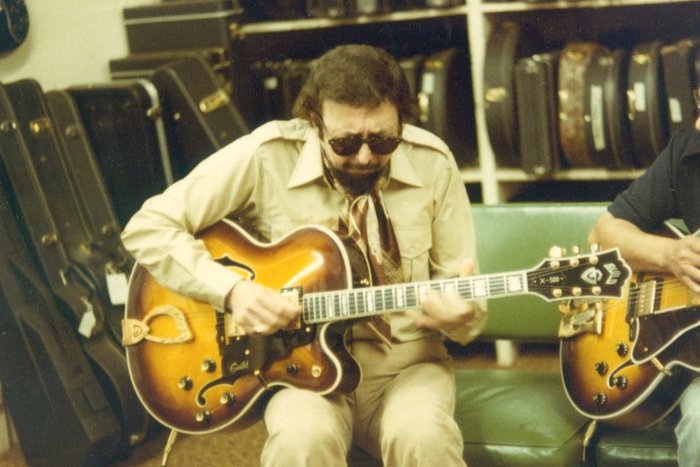
Examining Barney Kessel’s early years reveals how formative experiences in Muskogee, Oklahoma—a region infused with blues, western swing, and big band music—shaped his musical outlook. According to the archival materials at the UMKC library, Kessel began playing the guitar in his teens, initially learning by ear and through radio broadcasts featuring artists like Charlie Christian. Despite limited access to formal instruction, his tenacity led him to pursue professional gigs while still in high school, an unusual feat for his time. By the age of 16, Kessel was already performing with local jazz bands, demonstrating advanced harmonic awareness uncommon among peers. This trajectory highlights the importance of early exposure, resourcefulness, and perseverance—not just for Kessel, but for any musician aiming to develop depth and versatility. As an educator, I find that studying his self-driven beginnings is invaluable when fostering similar curiosity and initiative in students today.
Kessel’s biography is more than a backdrop; it connects his technical mastery to the influences of place, period, and socio-economic context, reminding us that a musician’s environment can critically inform their artistry and long-term impact.
Major Music Collaborations and Influence
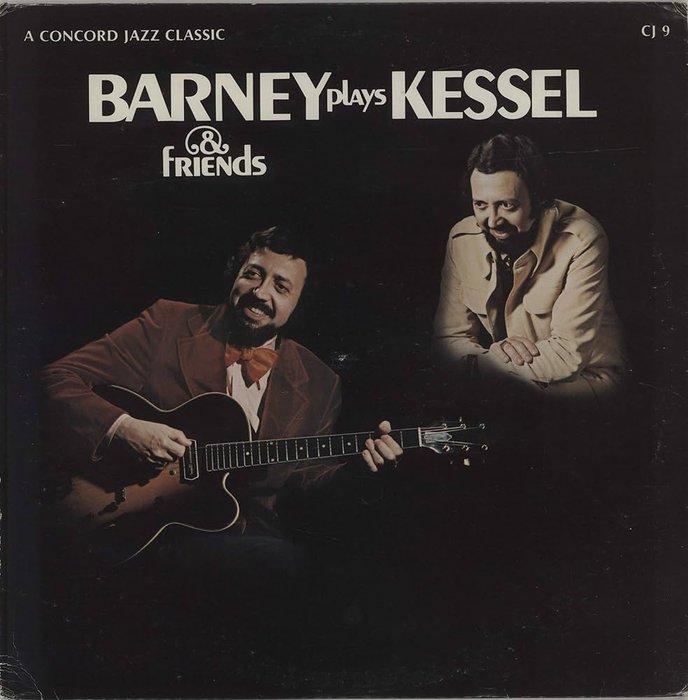
Major Music Collaborations and Influence
Kessel’s collaborations form a cornerstone of 20th-century popular and jazz music. He was an active participant in the famed “West Coast jazz” movement and contributed to the recordings of legendary artists such as Charlie Parker, Oscar Peterson, and Ella Fitzgerald, as well as contributing to sessions by The Beach Boys and backing Phil Spector’s productions as a member of the Wrecking Crew. As documented in numerous jazz discographies, his session work appears on hundreds of albums, demonstrating his adaptability and technical prowess across genres. This breadth influenced the perception of jazz guitarists, proving they could excel within and beyond jazz idioms.
From a critical standpoint, while such collaborations expanded the jazz guitar’s sonic vocabulary, they also blurred genre boundaries—a phenomenon that, for some purists, signaled a dilution of traditional jazz values. Nonetheless, Kessel’s openness to diverse musical settings reaffirmed the value of cross-genre dialogue and set a precedent for subsequent generations of improvising musicians.
What Made Barney Kessel’s Guitar Playing Unique?
Signature Guitar Techniques & Approaches
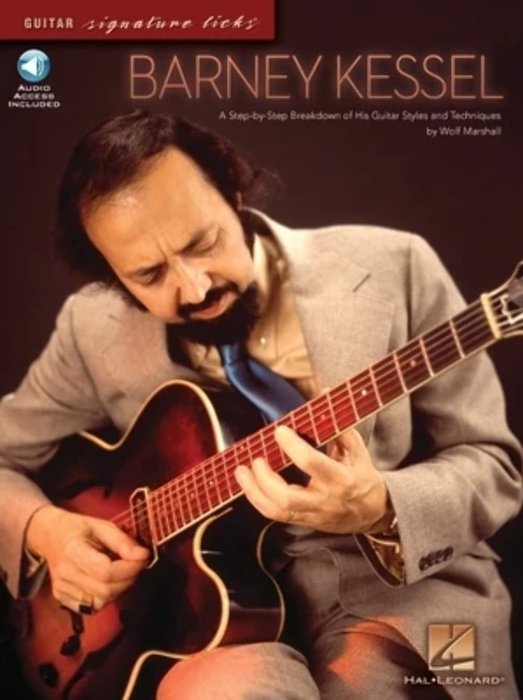
Barney Kessel’s guitar language stands out due to its synthesis of tradition and innovation. For instance, he was an early adopter of extended chord voicings and melodic chord-melody arrangements—features typically associated with piano rather than guitar. His deft use of walking bass lines and inner harmonies echoed stride pianists, while his blues phrasing imbued his solos with an earthy, relatable sensibility. Techniques such as rapid alternate picking, advanced arpeggios, and partial chord substitutions marked much of his recorded output and can be studied in analytical resources like comprehensive guides to jazz improvisation.
One of Kessel’s most trailblazing approaches was his integration of counterpoint—a practice where two or more independent melodic lines interact—which was relatively rare in jazz guitar at the time. This not only set him apart stylistically, but also expanded the guitar’s harmonic possibilities, influencing players seeking greater textural complexity.
However, it’s important to acknowledge that Kessel’s virtuosic approach could be daunting for beginners and that some of his more intricate harmonic techniques may require significant theoretical grounding. Still, aspiring musicians can extract accessible principles from his work—particularly his focus on melodic clarity and rhythmic drive.
How Kessel Redefined Jazz Improvisation
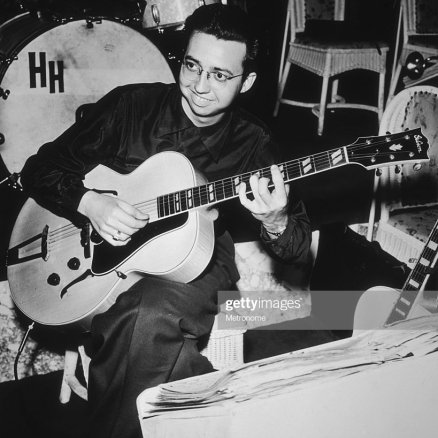
Kessel’s improvisation broke away from tradition, giving jazz guitarists new pathways for spontaneous invention. His interpretations, as evidenced by transcriptions and live recordings, placed a premium on thematic development and motivic improvisation—techniques which foreground the ongoing transformation of small ideas into elaborate solos. As explored in studies of jazz improvisation, Kessel’s solos often feature chromaticism and chord substitutions, maintaining musical coherence while embracing harmonic ambiguity.
Having transcribed his solos firsthand, I have encountered numerous passages where Kessel employs delayed resolutions, superimposed harmonies, and syncopated rhythms, all of which add a conversational, unpredictable edge to his music. While critics at times noted that such experimentation strayed from mainstream swing, others praised his innovation for reinvigorating jazz improvisation and inspiring the likes of Jim Hall, Wes Montgomery, and contemporary improvisers.
When Did Kessel Achieve His Iconic Status?
Milestones and Breakthrough Performances
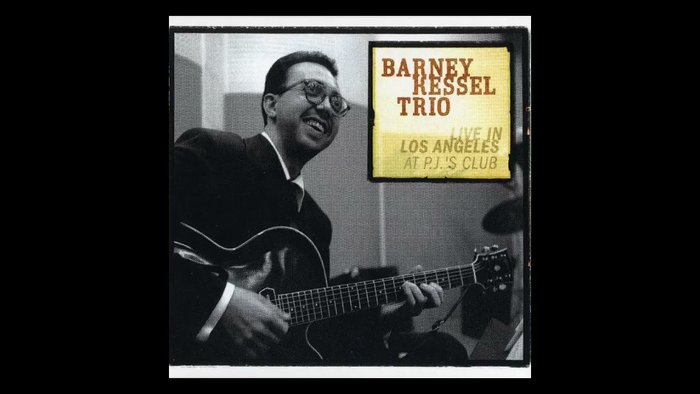
Kessel’s ascent to international acclaim can be traced to his pivotal performances with Norman Granz’s Jazz at the Philharmonic (JATP) tours beginning in 1947. According to accounts in DownBeat magazine and in research on live jazz performance, Kessel’s technical command and willingness to take risks during extended jams resonated profoundly with audiences. Key recordings, such as his work on the “Poll Winners” trio w/ Ray Brown and Shelly Manne, further solidified his prestige, consistently earning him top spots in critics’ and readers’ polls throughout the 1950s and 60s.
These live events illustrate a crucial point: the visibility and influence of a jazz innovator can hinge as much on the energy of public performance as on meticulous studio work. In Kessel’s case, his adaptability and willingness to engage audiences in real time left a lasting imprint—an observation supported by studies of the symbiotic relationships between jazz performers and listeners.
Evolution of Kessel’s Style Over the Years
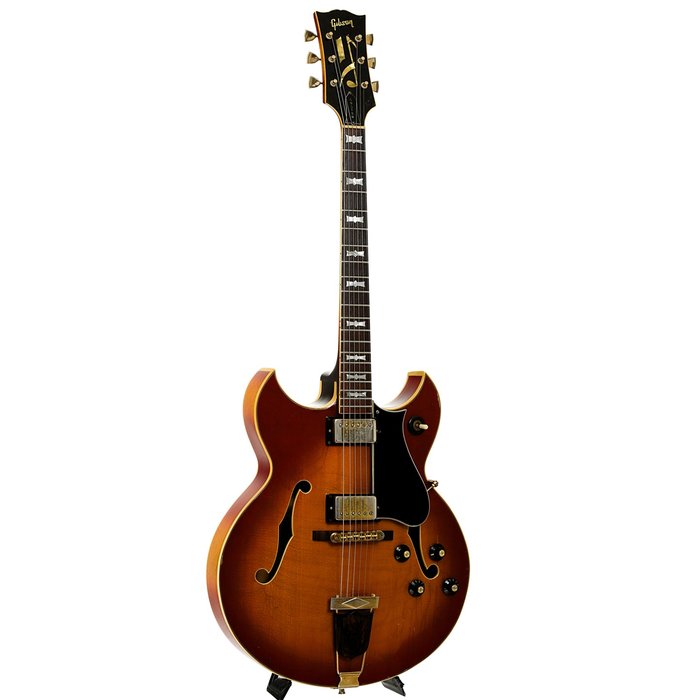
Evolution of Kessel’s Style Over the Years
Kessel’s career extended across several major shifts in jazz—from the bebop revolution of the 1940s to the more relaxed, melodic lines of West Coast jazz, and into fusion and experimental territories in the late 1960s and beyond. Over time, he was known to incorporate pop motifs, bossa nova rhythms, and adapted his technique to technological changes such as magnetic pickups, new string formulations, and evolving amp designs. For example, his later recordings display increased use of octave voicings and subtle effects, reflecting his responsiveness to changing musical landscapes.
This capacity for stylistic evolution is instructive: while some musicians cling to a single sonic identity, Kessel’s willingness to adapt—sometimes facing critical scrutiny—served as a model for resilience. In today’s rapidly changing music industry, this lesson remains particularly salient.
Where to Explore Barney Kessel’s Sound and Gear
Kessel’s Guitars: From ES-350 to the Custom Models
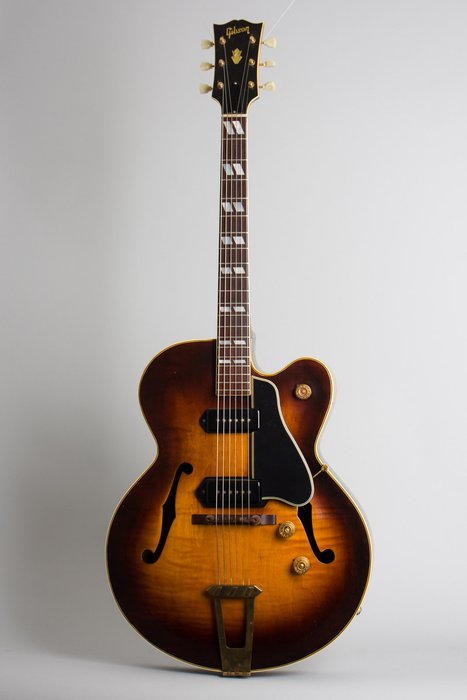
Barney Kessel’s choice of guitar directly influenced the evolution of jazz tone—and the way builders design instruments for modern players. The Gibson ES-350, Kessel’s early instrument of choice, featured a thicker body and longer scale length, delivering the sustain and warmth prized by jazz players. As documented by gear historians, this model’s distinctive timbre suited Kessel’s advanced chordal work and lyrical solos. Eventually, Gibson recognized Kessel’s influence by producing the Barney Kessel signature models between 1961 and 1974, featuring twin humbucker pickups and customized neck profiles that facilitated his unique style. These guitars responded to Kessel’s demands for clarity and playability, while influencing design standards in jazz guitar construction.
However, it is worth noting that some critics argued the mass-market Kessel signature models, with their flashy inlays and specific electronic features, diverged from the more organic feel preferred by earlier jazz guitarists. For contemporary musicians, studying these instruments reveals the interplay between artists, manufacturers, and evolving musical requirements—a dynamic still shaping instrument design today.
Inside the Tone: Charlie Christian Pickup and Gear Preferences

What set Kessel’s tone apart was not only his playing technique but also his strategic selection of guitar electronics. The Charlie Christian pickup—a bar magnet single-coil unit originally pioneered in pre-war Gibson ES-150s—offered a warm, articulate, and slightly compressed sound. After experiencing its nuanced dynamics in a vintage reissue, I appreciate how Kessel exploited the pickup’s tonal properties for singing melodic lines and complex voicings, especially in small ensemble contexts. When combined with mid-century Gibson archtops and tube amplifiers, this pickup enabled a palette of expressive colors, with a clear attack and sustain ideal for legato phrasing.
Notwithstanding its virtues, the Charlie Christian pickup’s limited tonal range and feedback sensitivity (at high volumes) represented notable drawbacks, leading later builders to innovate further. Modern jazz guitarists still cite Kessel’s gear preferences as benchmarks for achieving depth and vocal-like expressivity in their tone.
Why Does Barney Kessel Remain a Jazz Guitar Icon?
Tributes, Influence, and Ongoing Legacy
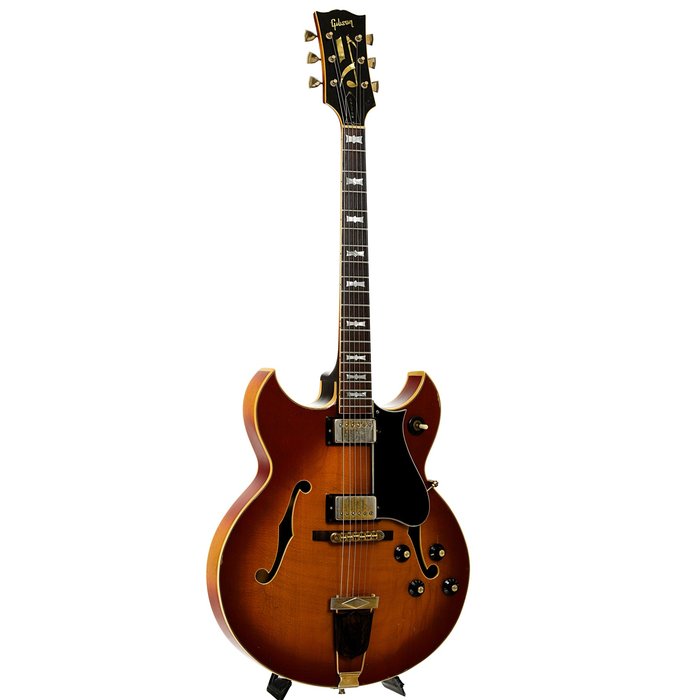
Across jazz education and professional circles, Kessel is consistently cited as a foundational influence and inspiration. In interviews and academic surveys, dozens of notable artists—including Larry Coryell, Pat Metheny, and John Scofield—attest to studying Kessel’s solos as part of their formative training. The centrality of Kessel in the jazz guitar canon is evidenced by ongoing tributes, masterclasses, and scholarly essays. Meanwhile, teachers across conservatories integrate his etudes and recordings into curricula, acknowledging both his technical vocabulary and his holistic approach to musicianship.
Nonetheless, some contemporary players view his predominantly swing and bop vocabulary as less directly relevant to newer forms of jazz or experimental music. Still, his unwavering focus on melody, form, and creative risk-taking imbues his legacy with a relevance that transcends stylistic trends.
Learning from Kessel: Lessons and Inspiration
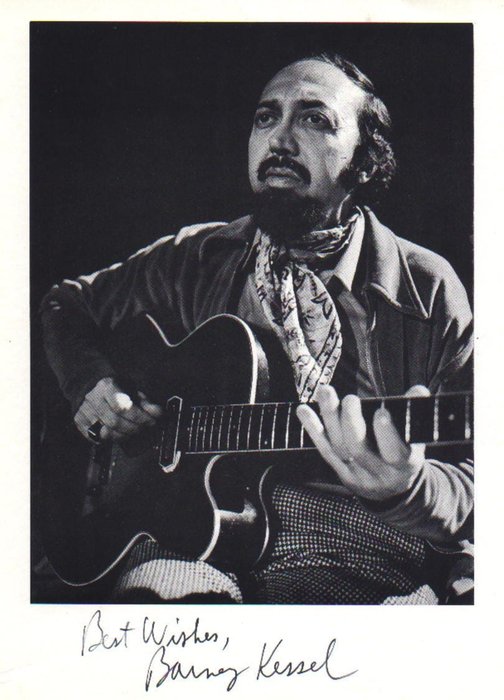
Learning Kessel’s concepts isn’t just essential for jazz players—it’s transformative for any guitarist seeking depth. Kessel’s pedagogical legacy, as highlighted in interviews such as those at JazzProfessional.com, lay in his ability to distill advanced harmony and improvisational ideas into practical, relatable exercises. He championed the idea that jazz was approachable—”a language anyone can learn”—and through workshops and method books, demystified the construction of chords, scales, and melodic improvisation.
From an educator’s perspective, Kessel’s teaching materials bridge a gap between theory and practice, equipping learners with tools for creative exploration—regardless of style. At the same time, his example cautions against rote imitation; instead, students are encouraged to internalize concepts and apply them with individual voice. This perspective remains timely as music education becomes increasingly diverse and adaptive to each learner’s goals.
FAQs: Common Questions about Barney Kessel and His Guitars
What is Barney Kessel known for in the world of guitar?
What are some key elements of Barney Kessel’s guitar playing technique?
What iconic gear is associated with Barney Kessel?
How did Barney Kessel influence future generations of guitarists?
Conclusion: Carrying Forward the Barney Kessel Guitar Tradition
As the ‘Architect of Auditory Art’, my dedication is to ensure the harmonic wisdom of greats like Kessel endures, inspiring players to sculpt their own sonic legacy. Though decades have passed, mastering Kessel’s approaches remains a rite of passage for serious jazz guitarists across the globe. His unique sound, marked by innovative techniques and powerful collaborations, has left an indelible mark on jazz guitar history. Kessel’s iconic gear choices and improvisational genius serve as invaluable resources for today’s musicians. Ultimately, it’s essential to carry forward his spirit, embracing both the complexities and delights of our shared musical journey.